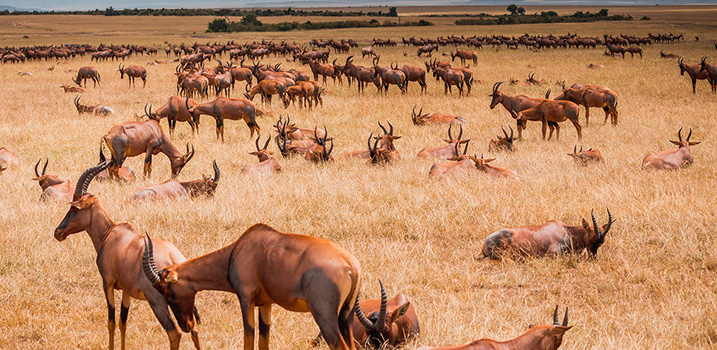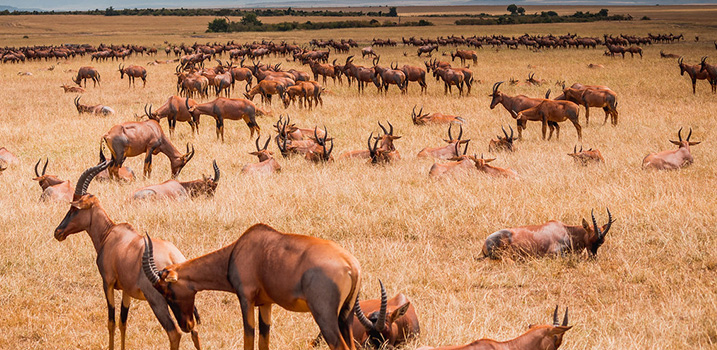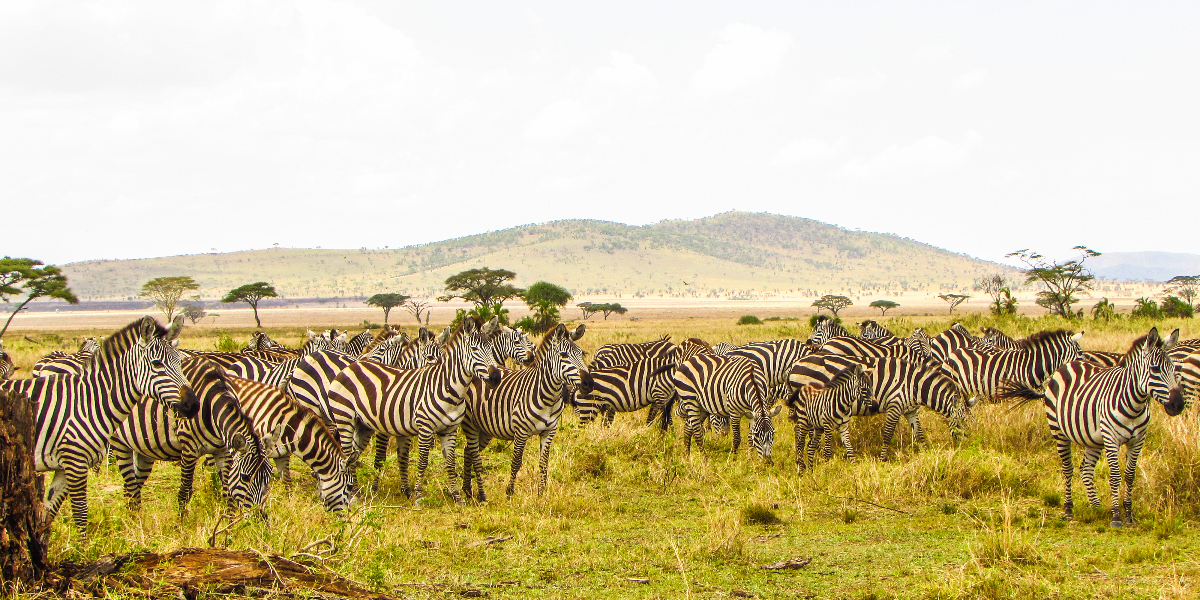Topi also called tsessebe or sassaby, are one of Africa’s most common and most widespread antelopes. It is a member of the tribe Alcelaphini (family Bovidae), which also includes the hartebeest and wildebeest. Damaliscus lunatus is known as the Topi in East Africa. Females are about 20 percent smaller, but otherwise are similar to males, which average is 115 cm high and 130 kg, with horns 30–40 cm long.

The Topi has a long, but patchy distribution, as it prefers certain grasslands in arid and savanna biomes. Human hunting and habitat destruction have further isolated their population.
The following countries have been found to contain Topi. These are Burundi, Democratic Republic of the Congo, Kenya, Rwanda, Tanzania, and Uganda. The species is regionally extinct in Burundi. The Topi has one of the most variable social and mating systems of all the antelopes.
Social systems range from resident small herds to huge migratory aggregations and from large individual territories to breeding arenas, or leks, where males crowd together and compete to inseminate females.
During the mating season of about three months, leks are established at high density on wide plains in certain spots regularly occupied by large aggregations. As many as 100 males may crowd together in an arena, where the central males may be only 25 meters apart as a few of them monopolize matings with the females, which come specifically to mate and are possibly guided to the favoured spot by the scent of their predecessors.
Topi females calve toward the end of the dry season. Gestation is eight months, and the single calf hides for up to three weeks.
Their favorite habitats are floodplains, but they are sometimes found in dry areas of open savannah and park woodland, taking to the shade during the heat of the day where they stay along the edge using the shade in hot weather.
They prefer pastures with green grass that is medium in height with leaf-like swards. Topi’s are more densely populated in areas where green plants last into the dry season, particularly near water. The Topi is a selective feeder and uses its elongated muzzle and flexible lips to forage for the freshest plants.
When foraging for food, Topi tend to take small bites at a fast rate. Topi generally frequent flat lowlands and at elevations below 1500 m. When they have access to enough green vegetation, Topi usually do not have to drink. They drink more when relying on dry grass. Topi use vantage points, such as termite mounds, to get a good look at their surroundings.
On wide plains, Topi often aggregate in hundreds and are mobile, becoming migratory where the distance between wet-season and dry-season feeding grounds is long. There males can only afford to hold temporary territories or risk being left behind; therefore, they join the migration but re-establish a territorial network as soon as the aggregation resettles.
The vast majority of births occur between October and December with half of them occurring in October. The parenting of the Topi has characteristics of both the hider system and the follower system. Calves can follow their mothers immediately after birth and may not lie out.
On the other hand, females separate themselves from the herd to calve and calves commonly seek hiding places during the night. A young Topi stays with its mother for a year or until a new calf is born. Both yearling males and females can be found in bachelor herds. Predators of Topi include lions and spotted hyenas, with jackals being predators of newborns. They are especially targeted by hyenas. Nevertheless, Topi tend to have a low predation rate when other species are present as they tend to defend themselves from the predators.





